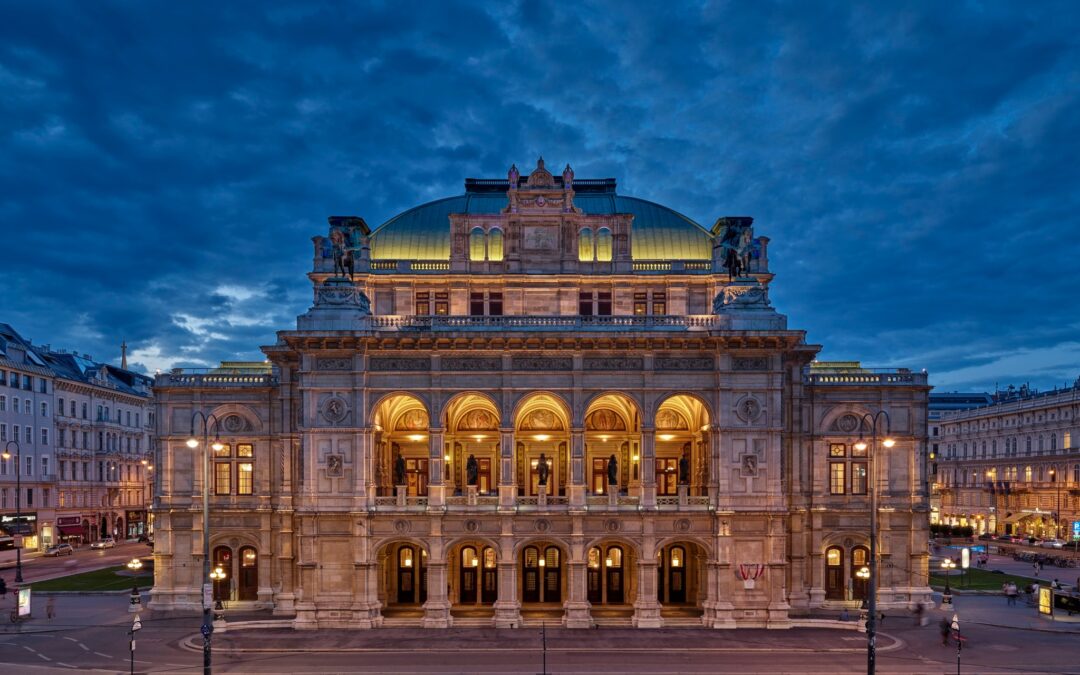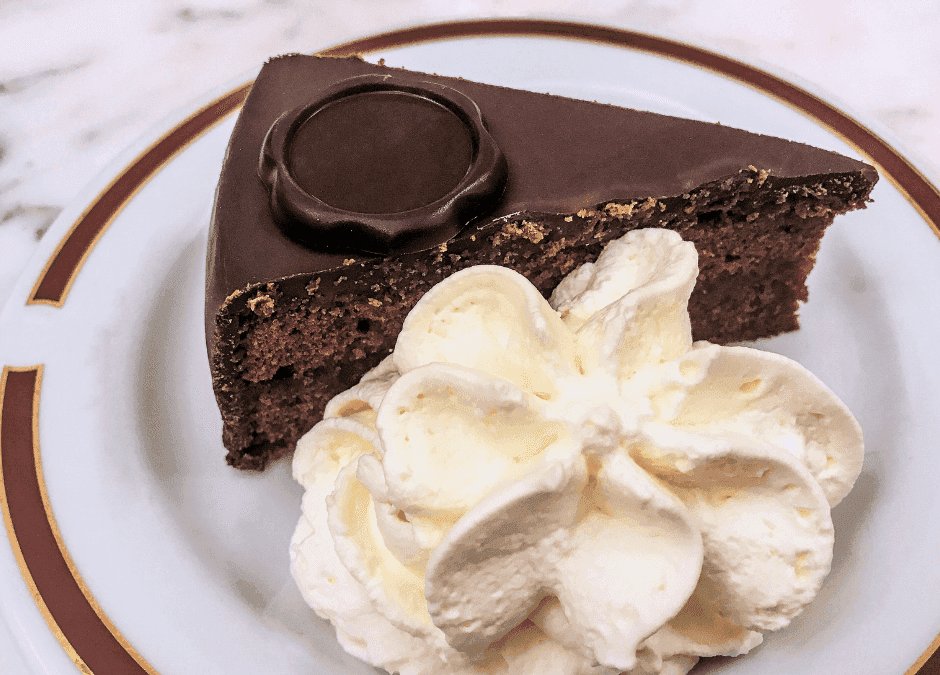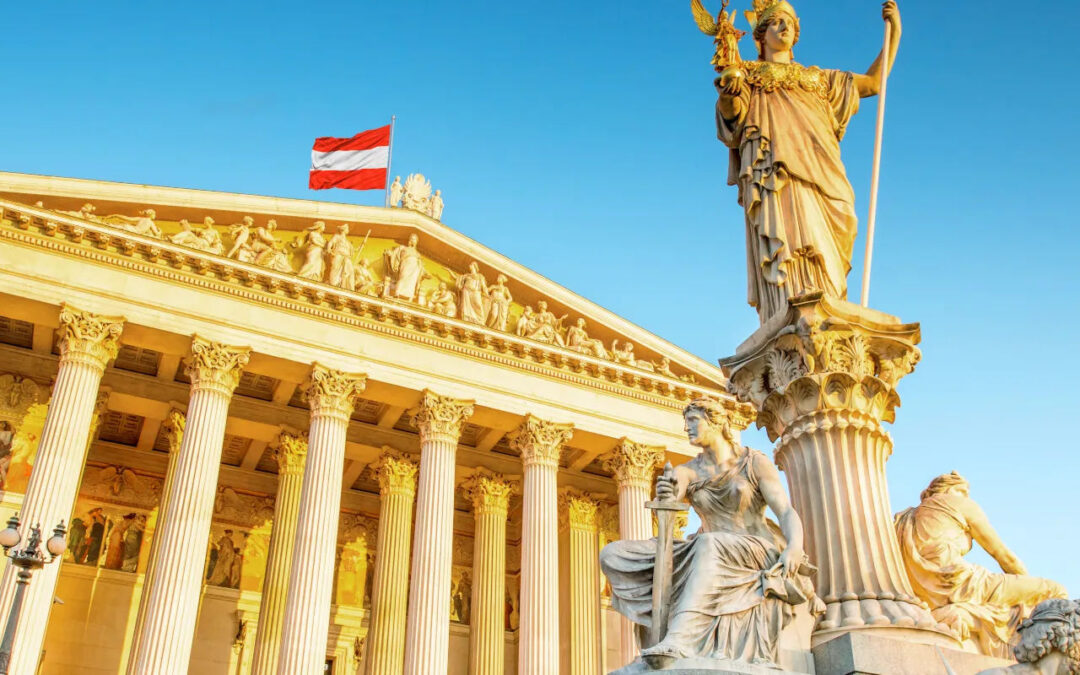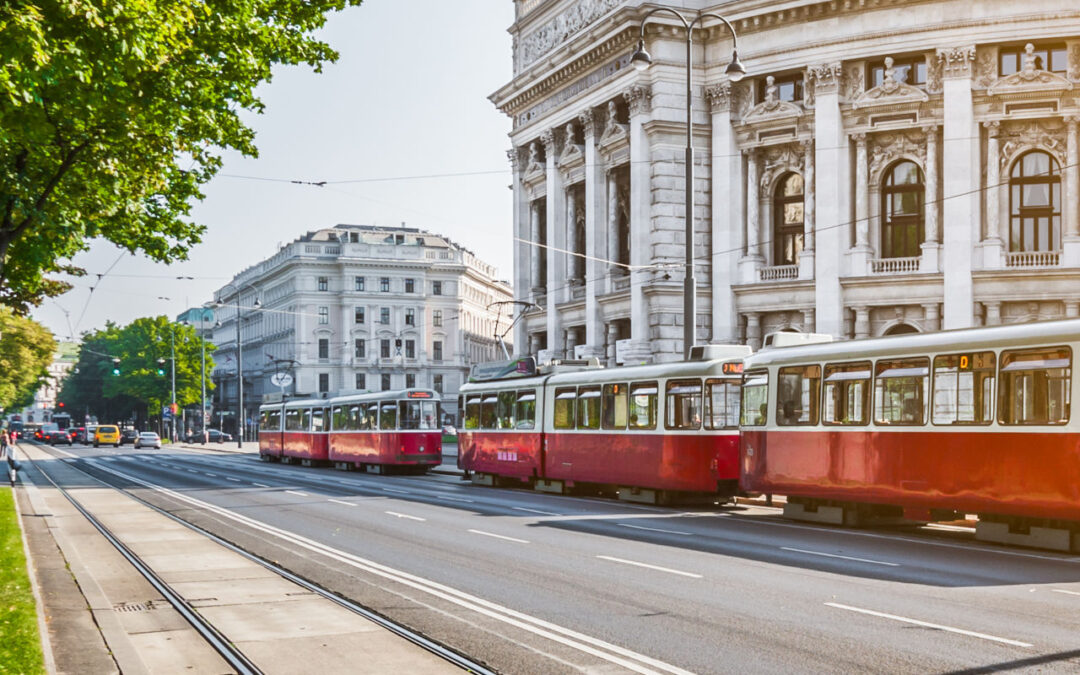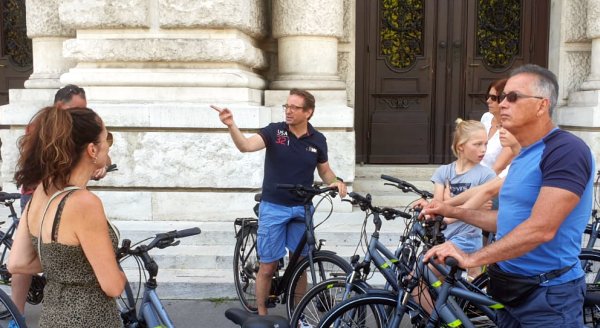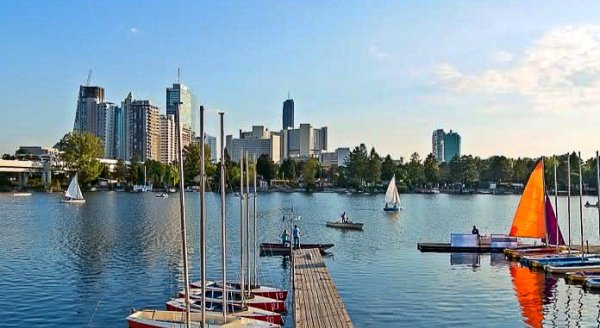Every time I hop on my bike and ride through the streets of Vienna, I feel the city’s history come to life. Vienna is a city where the past and present uniquely meet. As you cycle past historic buildings like the Hofburg and the Vienna State Opera, you not only see the splendor of bygone times but also how these places still play a role in modern city life. The city combines its rich heritage with a vibrant contemporary culture, making every ride through Vienna a journey through time.
The Hofburg: The Heart of the Habsburg Empire
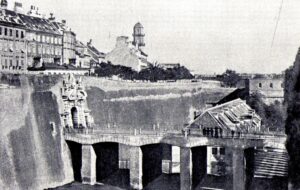
My bike tour begins at the Hofburg, an iconic landmark in Vienna. Construction of the Hofburg began in the 13th century, and the palace grew into the political center of the Habsburg Empire. As I cycle past the majestic facades, I imagine what life was like here once. The Hofburg was not only the center of power but also a place full of intrigue and stories.
Countless imperial ceremonies and events took place here, from ballrooms filled with dancing couples to official receptions of foreign envoys. The splendor of these events reflected the power and influence of the Habsburg dynasty.
Wall around Vienna For the imperial family, life in the Hofburg was both public and private. They had their own private quarters where they could retreat from public life. Here, daily routines were followed, from attending state affairs to enjoying family dinners. The Hofburg was also a place of political intrigue and power struggles, where important decisions were made that determined the fate of the empire. In 1806, for example, the Holy Roman Empire was dissolved, an event that changed the political map of Europe.
Besides politics and power, the Hofburg was also a center of culture and art. Concerts, theater performances, and art exhibitions were an integral part of life here, contributing to Vienna’s cultural richness. In the 18th century, the Hofburg was a place where composers like Mozart and Beethoven performed their music.
The Ringstrasse: A Time Travel on Two Wheels
After my visit to the Hofburg, I continue cycling along the Ringstrasse, one of the most remarkable boulevards in the world. With a length of about 5.3 kilometers, the Ringstrasse replaced the old city walls.
Ringstrasse Vienna What makes this boulevard so special is the impressive collection of architectural styles you can find there. From neo-Gothic to neo-Renaissance and neo-Baroque, the buildings along the Ringstrasse reflect the grandeur and ambition of the Austrian Empire.
As I glide past the Vienna State Opera and the Parliament, I think of the stories that have shaped this city. Stories like the founding of the Vienna Secession in 1897, a movement of artists who opposed traditional art styles, and the influence of Sigmund Freud, who developed his groundbreaking theories on psychoanalysis in Vienna. The turbulent times of the First and Second World Wars, which left deep marks on the city, also come to mind.
A Personal Connection with Vienna
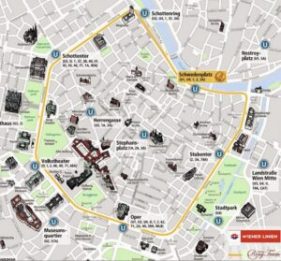 Vienna feels like home to me because of the unique mix of history, culture, and modern flair. The sense of connection comes from the rich traditions and the way the city embraces its past while looking to the future. The vibrant art scene, the historic buildings, and the stories found in every corner of the city make me always feel welcome here. As I cycle through the streets, I enjoy the atmosphere and constantly discover new stories that fascinate me.
Vienna feels like home to me because of the unique mix of history, culture, and modern flair. The sense of connection comes from the rich traditions and the way the city embraces its past while looking to the future. The vibrant art scene, the historic buildings, and the stories found in every corner of the city make me always feel welcome here. As I cycle through the streets, I enjoy the atmosphere and constantly discover new stories that fascinate me.
Conclusion: Discover Vienna by Bike
Vienna is a city full of stories, and there’s no better way to discover them than by bike. Hop on the pedals and let yourself be carried away by the history of this beautiful city. Whether you’re a lover of history, culture, or just looking for a unique experience, a bike tour through Vienna offers it all. I promise you it will be an adventure you won’t soon forget.


